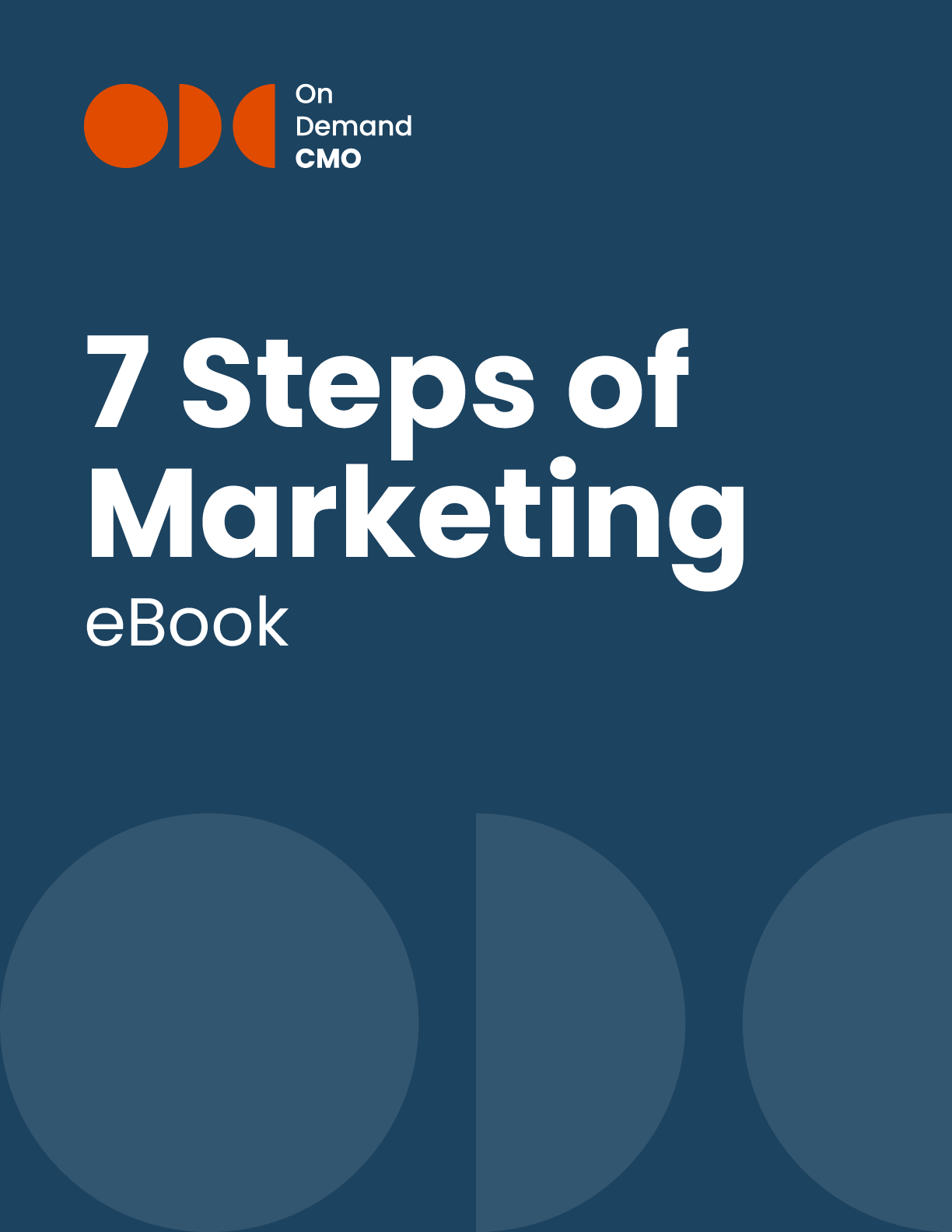
When it comes to content creation, you’ve probably heard the old maxim “COPE—Create Once, Publish Everywhere.” The COPE method maximizes your content’s usefulness and ensures it will reach the most people. The best way to do this is by writing your story, and then sharing it in different forms. This is content creation for different channels that goes beyond just repurposing.
What I’m talking about here is different from repurposing. I’ve talked about repurposing before and I’m not knocking it, this is just a more advanced technique.
Repurposing content involves taking a piece of content designed for one channel or purpose and tweaking it to fit into another channel. This can work well, but when it doesn’t, the repurposed content can feel a bit square-peg-in-a-round-hole-ish. For example, posting a big long infographic on your website is great, but that same piece won’t look very good on Facebook or Twitter, since those platforms limit how large images can be displayed and the graphic will be too small to read.
To avoid that problem, focus on your initial story. Know your brand/product story and then think of the best ways to tell that story for different channels. This way, the content pieces will be custom fit for each channel and thus maximize your marketing efforts.
Museums are really good at this type of content creation. Exhibits, or even whole museums, are designed around a story and they tell that story in many different ways to reach many different demographics. For example, a museum may use a combination of things like models, dioramas, artifacts in glass cases, posters, videos, maps, and interactive games, etc. in one exhibit to tell a story. This is how museums can reach people of a wide variety of ages and learning styles with its content.
You would never see an exhibit based around one piece of content, with all the other pieces ripped off from the original. However, that is how many marketers operate—creating one piece of content and then using it in several other channels (sometimes with no changes at all). Museum curators plan their exhibits very carefully, starting with the story and then creating the content to tell the story in different ways, based on the strengths of each channel. This is exactly how Sree Sreenivasan and his team at the Metropolitan Museum of Art do their marketing.
There are two reasons to share content across multiple platforms: one, is to reach more and different people, and two, is to reach the same people multiple times. For both scenarios, it’s important to share the message in a format that fits the medium.
Obviously, to create content like a curator, significant planning is required. This is where editorial calendars can be really helpful. With an editorial calendar, you can plan out your stories, see all your channels in front of you and decide how best to share the story on each channel.
Now, if you’re reading this and thinking, “This is a great idea, but I don’t have time to plan something like this out—I need content NOW!” That’s ok. This is a long term approach to content development and it may take some time until you can implement it. Try to keep up with the demands of the present while slowly developing the content of the future.

OnDemandCMO has authored 7 Steps of Marketing, the only marketing guide book you’ll need to either get your marketing started properly, or stay on track strategically.
It features best practices on branding, messaging, social media, lead generation and much in between.
Please let us know who you are, and we'll share a few of our secrets (we don't sell or trade your info)!